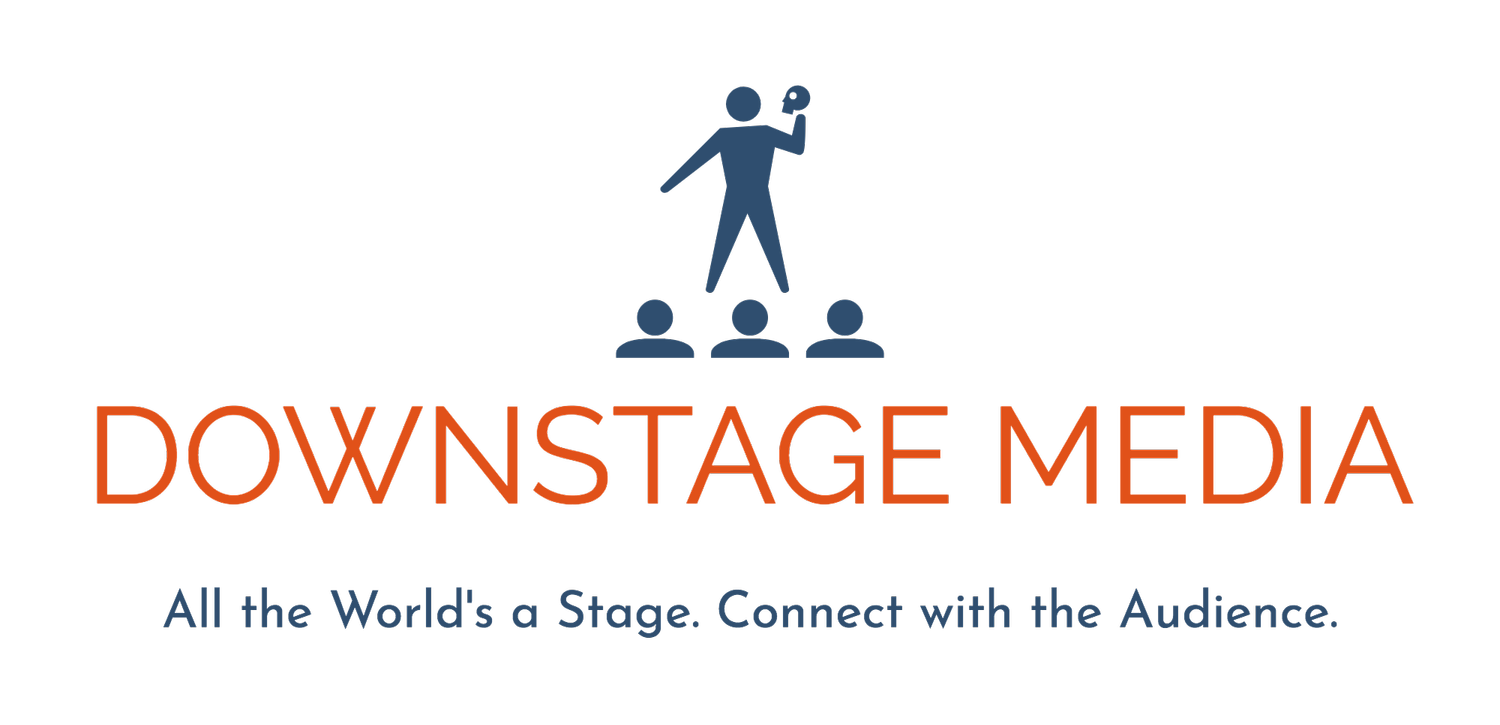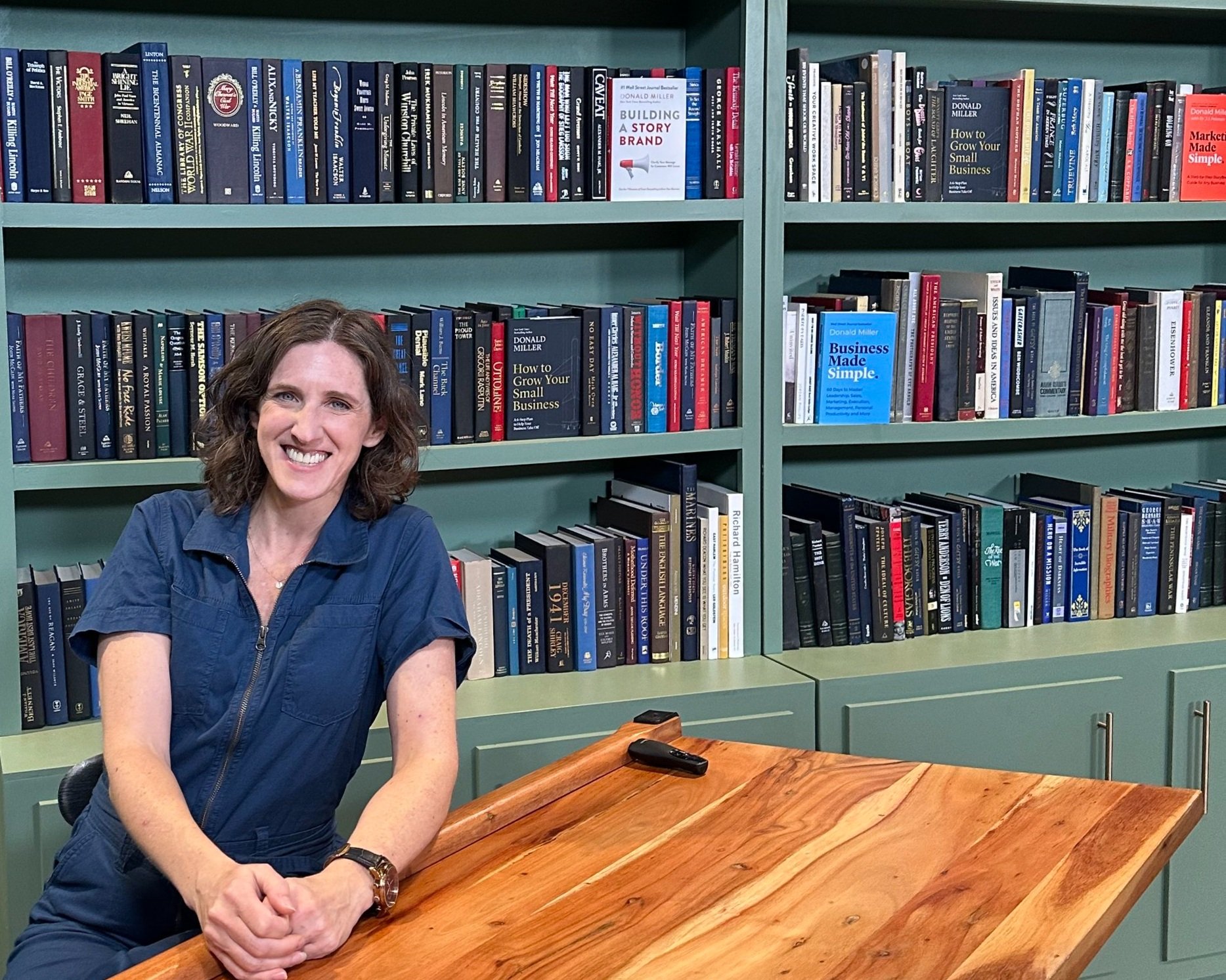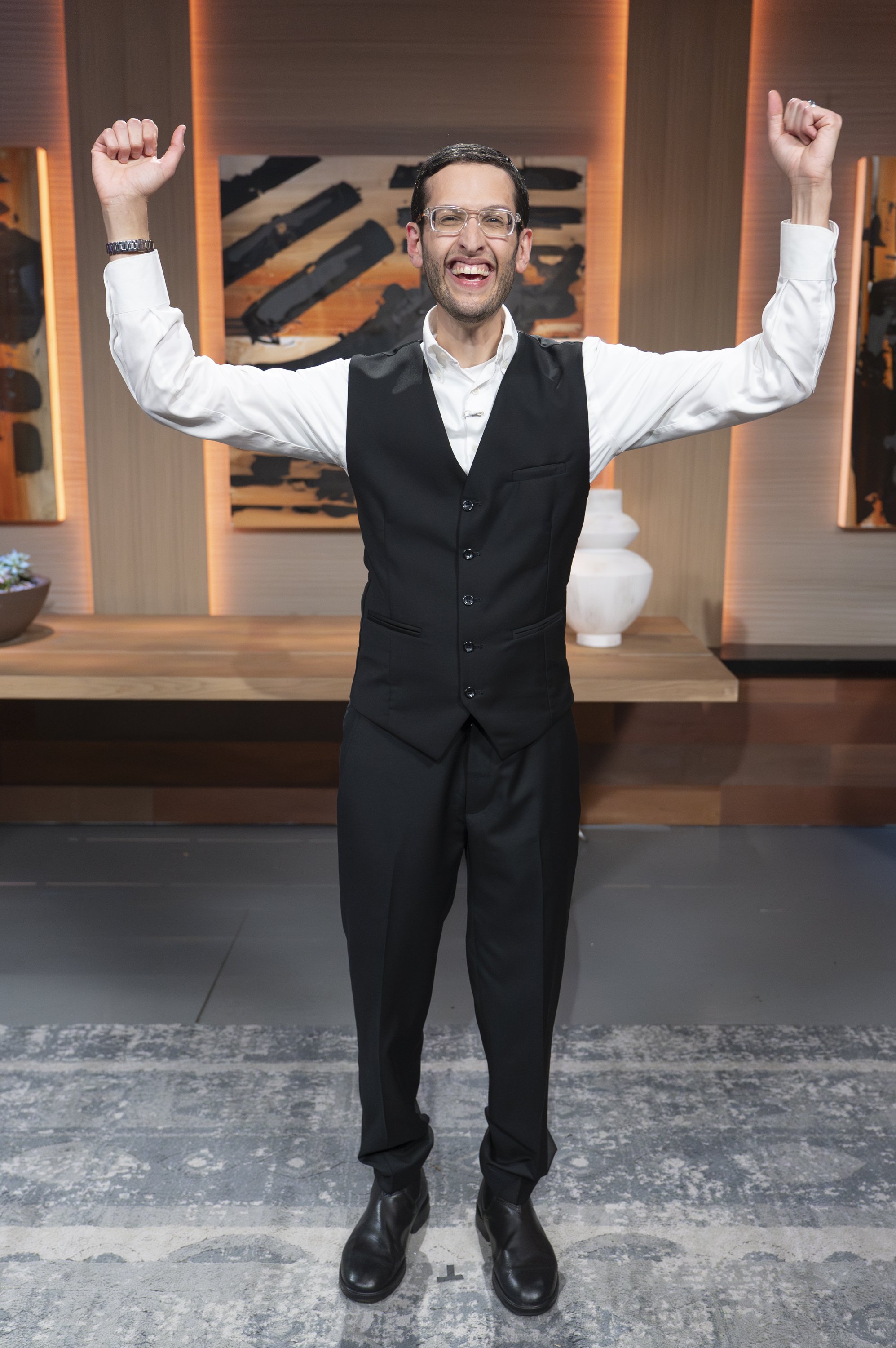The 5 Biggest Trends in Marketing (and How Theater Companies Can Use Them Now)
We’re just getting into the swing of the new year and there is LOTS to be energized about when it comes to marketing for the arts! This post was inspired by Content Marketing Inc’s blog post ”100+ Content Marketing Trends and Predictions for Success in 2022.” I parsed through the list, found which ones seemed most prescient for right now, and gave some ways that arts companies could use them.
1. Personalize and Customize Conversations
The shift from in-person to virtual in both 2020 and 2021has helped many organizations increase the amount of people they have in their databases. Now, though, the key will be to interact with those people on a more personal level.
In email, use conditional formatting to only show certain content to certain members of your audience. For example, if someone has already bought a ticket to a show, include an image of something in your merch store instead
On social media, have actual conversations with people via DMs and in comments of other people’s posts. Record any information gained from these conversations in your CRM tool so you will have a fuller picture of who that audience member is.
On your website, install a chat plug in so audience members can ask you questions in real time. Like before, record any information gained in your CRM tool so you will have a fuller picture of who that audience member is.
2. Deliver What Your Audience Wants Most
A number of marketers in the Content Marketing Inc blog post discussed how important it is for brands to give their audiences what they crave. Dennis Shiao of Attention Retention mentions how companies can create experiences that audiences yearn for the same way that they yearn for their next episode of Ted Lasso.
What is it that your audience loves about what you do? Create that experience for them no matter if the interaction occurs online or in-person. Do audiences always love the 85 year old usher who tells it like it is? Have her record a video giving streaming audiences in a similar experience.
Send out a survey finding out what your audience loves about what you do - and what they want to see more of
3. Find Memorable Ways to Distinguish Your Brand
A number of marketers discussed how important it is for content to stand out - especially as big tech companies get better at filtering out the smaller content creators in favor of those that have spent more on ads. That means that whatever experiences you create for your audience should be big and bold. Easy for those of us in the arts - being creative is what we do! Here are some ideas:
Think about how to make your in-person experiences have an online/social media aspect to them. Then think about how your online experiences can have an in-person element to them. For example, can you mail your livestream ticket buyers a program?
Incorporate more interactive elements into what you put out. Think: live videos on your YouTube channel that asks your audience to weigh in, unique quizzes on your website.
highlight how your mission, diversity, inclusion, equity, and accessibility statements are more than just words and how your brand is living them day to day
When it comes to content creation, think of the words of Alan Menken that he said at the 2020 Theater Makers Summit: “Is it effective? Is it exciting? Is it interesting?”
4. Tell Stories that Inform, Educate, and Inspire
My guess is, the art that you are putting out is doing one or possibly all three of these things. However, is your marketing? Says Jill Grozalsky Roberson of Sitecore:
To connect beyond product, brands need to inspire audiences with authentic stories and thought leadership and by highlighting the people aspect of every company.
How does this translate for us arts-based businesses? Tell us stories about life on the road if you’re a touring company, about the people you work with, the audience members you can’t get enough of. Share their stories and let your audience tell their own on your channels.
5. Sharpen Your Focus on Video, Audio, OR Multimedia
Okay, the capitalization is mine here because in the initial article in Content Marketing Inc, the word was and. But many of the arts-based companies and theaters that I associate with are just stretched too thin. I recommend finding one focus for the new year. Will it be a monthly live video series on your YouTube channel? A weekly podcast? A TikTok strategy? Brand that choose to focus on one and then consistently deliver on that format will build up a new audience generation stream in 2022.
Want help in implementing some of these ideas in your marketing for 2022? Schedule an Intro Call so we can make it happen for your company.
Annie Figenshu believes when people experience the performing arts on a regular basis they change for the better. An award-winning actress and content creator, she started Downstage Media to give brands social media strategies that engage audiences. Because engaged audiences show up.










